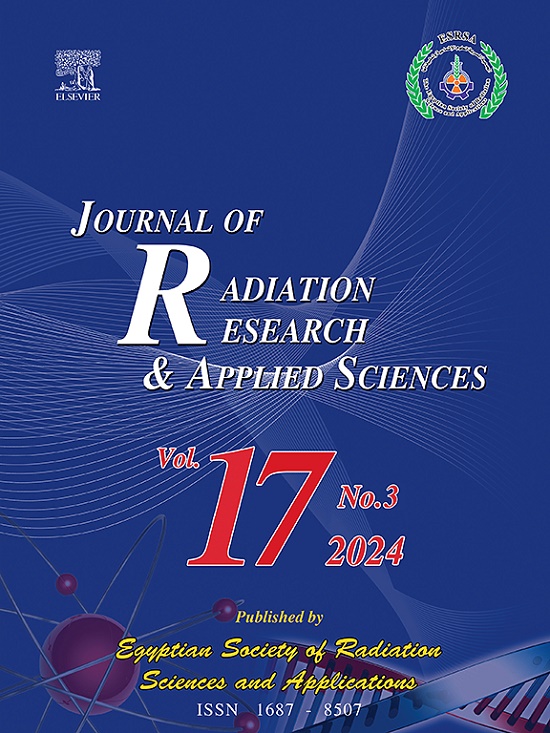用神经网络分析心血管磁共振成像
IF 2.5
4区 综合性期刊
Q2 MULTIDISCIPLINARY SCIENCES
Journal of Radiation Research and Applied Sciences
Pub Date : 2025-08-16
DOI:10.1016/j.jrras.2025.101874
引用次数: 0
摘要
心血管磁共振(CMR)为诊断心脏病提供高分辨率图像,但解释这些图像耗时且需要专业技能。最近,深度神经网络已经显示出自动化和标准化CMR分析的潜力,可以快速准确地执行图像分类、心室分割和组织表征等任务。本文总结了应用于CMR的神经网络的理论基础,评估了用于各种CMR任务的最先进的深度学习架构(例如,卷积和循环网络,U-Net变体),并强调了关键的性能指标和验证策略。我们对最近的文献进行了全面的调查,并讨论了诸如维度诅咒、有限的注释数据集和跨成像中心的模型可泛化性等关键挑战。我们还讨论了算法中的偏见和公平性问题,数据可变性和注释质量的影响,以及部署中的故障模式。此外,我们还研究了临床整合的监管和实际考虑因素,包括FDA/CE批准、患者安全、经济因素和工作流程整合,并概述了未来的发展方向,包括混合物理方法和部署科学。本文主要针对核心临床应用(自动CMR图像分割和分类)进行深入分析。我们的研究结果表明,虽然神经网络可以显著提高CMR分析的效率和可重复性,但要将这些进步转化为安全、有效的现实世界工具,还需要仔细关注技术和临床验证。本文章由计算机程序翻译,如有差异,请以英文原文为准。

Cardiovascular Magnetic Resonance imaging analysis using neural networks
Cardiovascular Magnetic Resonance (CMR) provides high-resolution images for diagnosing heart diseases, but interpreting these images is time-consuming and requires expert skill. Recently, deep neural networks have shown potential to automate and standardize CMR analysis, performing tasks such as image sorting, cardiac chamber segmentation, and tissue characterization with speed and precision. This review summarizes the theoretical foundations of neural networks applied to CMR, evaluates state-of-the-art deep learning architectures (e.g., convolutional and recurrent networks, U-Net variants) for various CMR tasks, and highlights key performance metrics and validation strategies. We incorporate a comprehensive survey of recent literature and discuss critical challenges such as the curse of dimensionality, limited annotated datasets, and model generalizability across imaging centers. We also address issues of bias and fairness in algorithms, the impact of data variability and annotation quality, and failure modes in deployment. In addition, we examine regulatory and practical considerations for clinical integration—covering FDA/CE approvals, patient safety, economic factors, and workflow integration—and outline future directions including hybrid physics-informed approaches and deployment science. The review is focused on a core clinical application (automated CMR image segmentation and classification) to provide depth of analysis. Our findings indicate that while neural networks can markedly improve the efficiency and reproducibility of CMR analysis, careful attention to technical and clinical validation is required to translate these advances into safe, effective real-world tools.
求助全文
通过发布文献求助,成功后即可免费获取论文全文。
去求助
来源期刊

Journal of Radiation Research and Applied Sciences
MULTIDISCIPLINARY SCIENCES-
自引率
5.90%
发文量
130
审稿时长
16 weeks
期刊介绍:
Journal of Radiation Research and Applied Sciences provides a high quality medium for the publication of substantial, original and scientific and technological papers on the development and applications of nuclear, radiation and isotopes in biology, medicine, drugs, biochemistry, microbiology, agriculture, entomology, food technology, chemistry, physics, solid states, engineering, environmental and applied sciences.
 求助内容:
求助内容: 应助结果提醒方式:
应助结果提醒方式:


